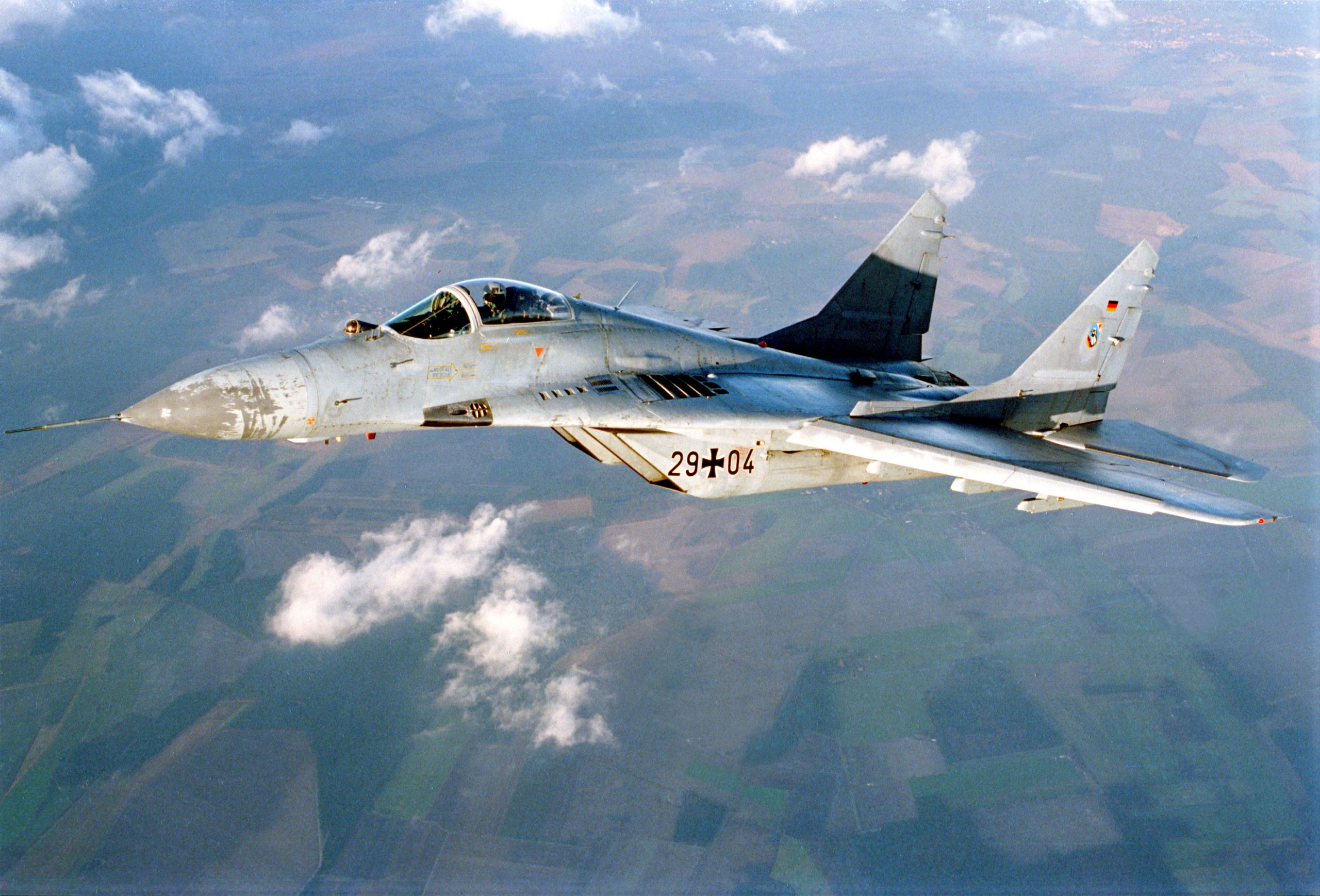
The Ministry of Defense of the Russian Federation has announced a recent incident wherein a Ukrainian MiG-29 was successfully neutralized by a Russian air defense system within a 24-hour timeframe. The engagement took place in the Grigorivka region of the Donetsk People’s Republic [DPR], where the S-350 Vityaz system effectively eliminated the enemy combat aircraft. Additionally, an impressive tally of 20 Ukrainian drones were also downed, although no specific details regarding the weapon type used to neutralize them were disclosed.
Russian media outlet Vzglyad, citing an anonymous source, later revealed that the Ukrainian MiG-29 was taken down by the Russian air defense system operating entirely in automatic mode, without any direct human intervention. This development marks the inaugural deployment of the automatic mode during genuine combat situations, as per Vzglyad’s source.
According to the information provided by Vzglyad, the S-350 Vityaz system autonomously executed the entire process of target detection, tracking, and engagement, with minimal human involvement. The combat crew’s primary responsibility was limited to overseeing and managing the decisions made by the integrated artificial intelligence within the air defense system, strictly within the context of the ongoing aerial combat scenario. The operator had no direct influence on the functioning of the air defense system.
Furthermore, the source revealed that the S-350 Vityaz system employed a dual approach, simultaneously utilizing both active and passive radar modes to enhance its ability to detect and classify targets, thus bolstering the system’s overall resilience.
The S-350 Vityaz, a relatively new Russian air defense system, commenced development at the turn of the millennium and saw a lengthy process before the first units were introduced to the Russian anti-missile forces in 2020. However, it is worth noting that Russia has encountered significant delays in the system’s development, falling far behind the originally planned deployment of 30 units by 2020. In reality, only a few systems are currently operational.
The S-350 Vityaz employs the 9M96 missile, which is also utilized by the S-400 air defense system. With a medium range, this air defense system is the result of a collaborative effort between Russia and South Korea, known as the KM-SAM project.
The standard configuration of the S-350 Vityaz comprises 12 missiles, offering a range that varies between 12 km and 120 km, depending on the type of missile employed. The system has the capacity to engage up to 16 aerodynamic targets and 12 ballistic targets simultaneously. When intercepting aerodynamic targets, the missile’s maximum range reaches 120 km, while it extends to 30 km when intercepting ballistic targets. The system can engage targets at altitudes of up to 30 km and is capable of rapid deployment, requiring only five minutes for full operational readiness.
Despite the widespread recognition of the Russian S-400 air defense system, some experts, both Russian and Western, contend that the S-350 Vityaz holds the distinction of being the most formidable air defense system currently employed by Russia. Additionally, it should be noted that there is a naval version of the Vityaz system.
The first public sighting of the S-350 Vityaz occurred in Ukraine in August 2022, when an image circulated on social media revealing the deployment of a Vityaz battery near a military airport.
Considered a next-generation Russian air defense system, the S-350 Vityaz represents one of the few post-Soviet Union era air defense systems produced by Russia. Notably, the export variant of the S-350E is designed with an open architecture, enabling integration into Western air defense networks. This official announcement was made in February of the present year by a representative from the system’s manufacturer, Almaz-Antey.
On 24 February 2022, under the directive of Russian President Vladimir Putin, the Russian Armed Forces commenced an invasion of Ukraine, utilizing forces previously amassed along the border. This invasion was accompanied by targeted airstrikes on military installations within the country, as well as the entry of tanks via the Belarusian border.
Despite the undeniable nature of the events unfolding as a full-fledged war, Russia has refrained from officially recognizing the invasion of Ukraine as such. Instead, they label it as a “special military operation.” However, it is important to note that according to the United Nations, a “special military operation” can only be conducted following a UN resolution, which is lacking in this case. Therefore, it is accurate to categorize these actions as an outright invasion and war against Ukraine.





